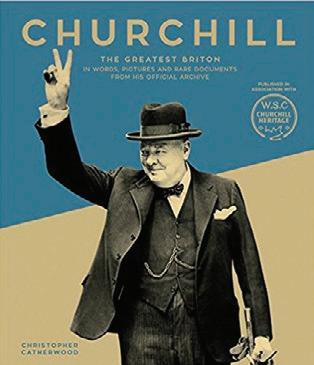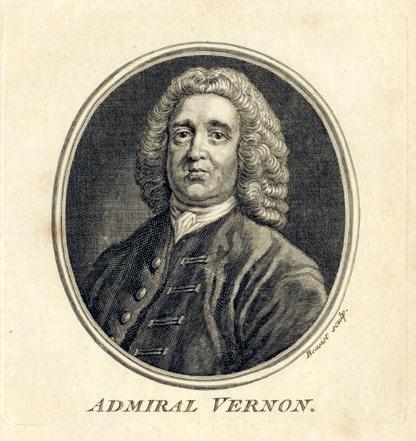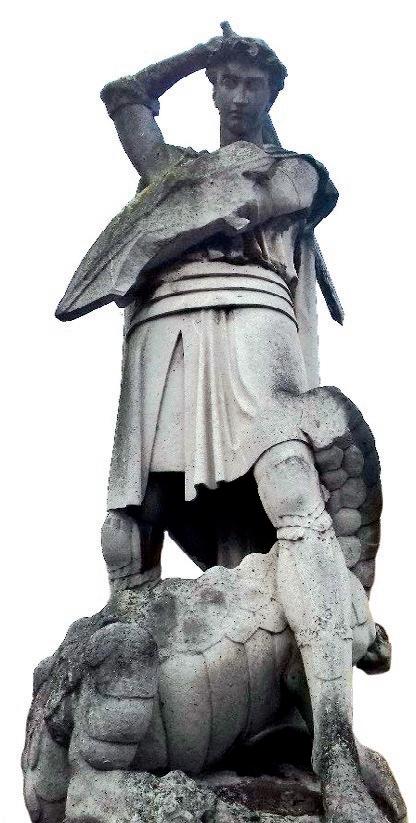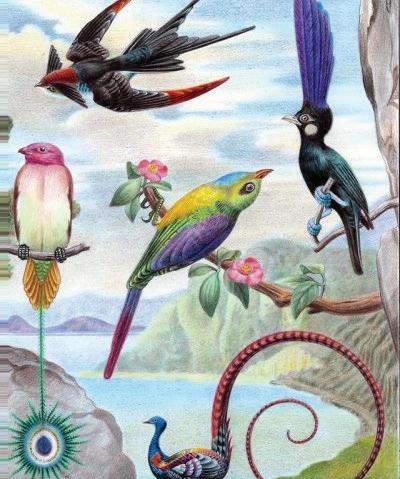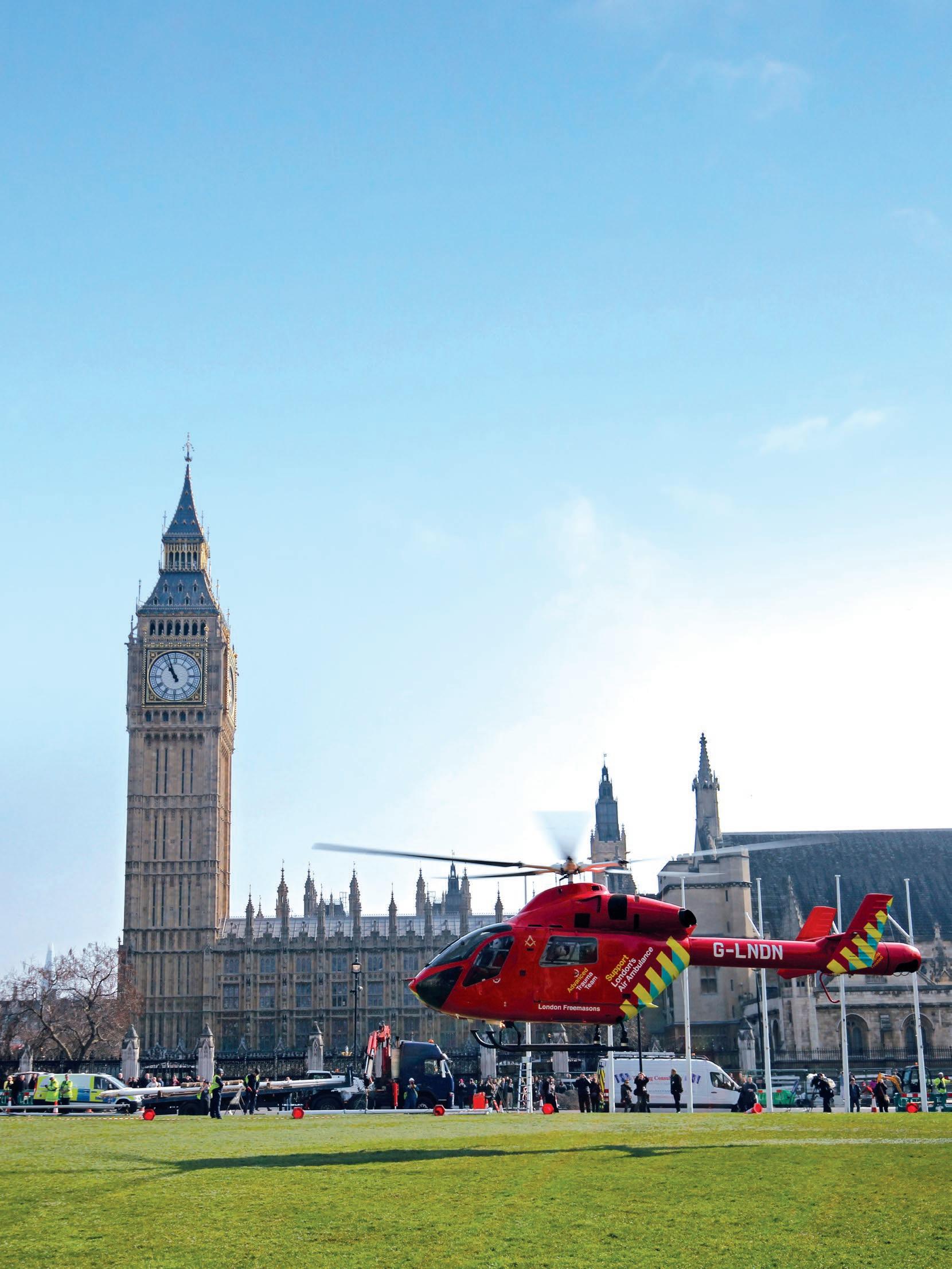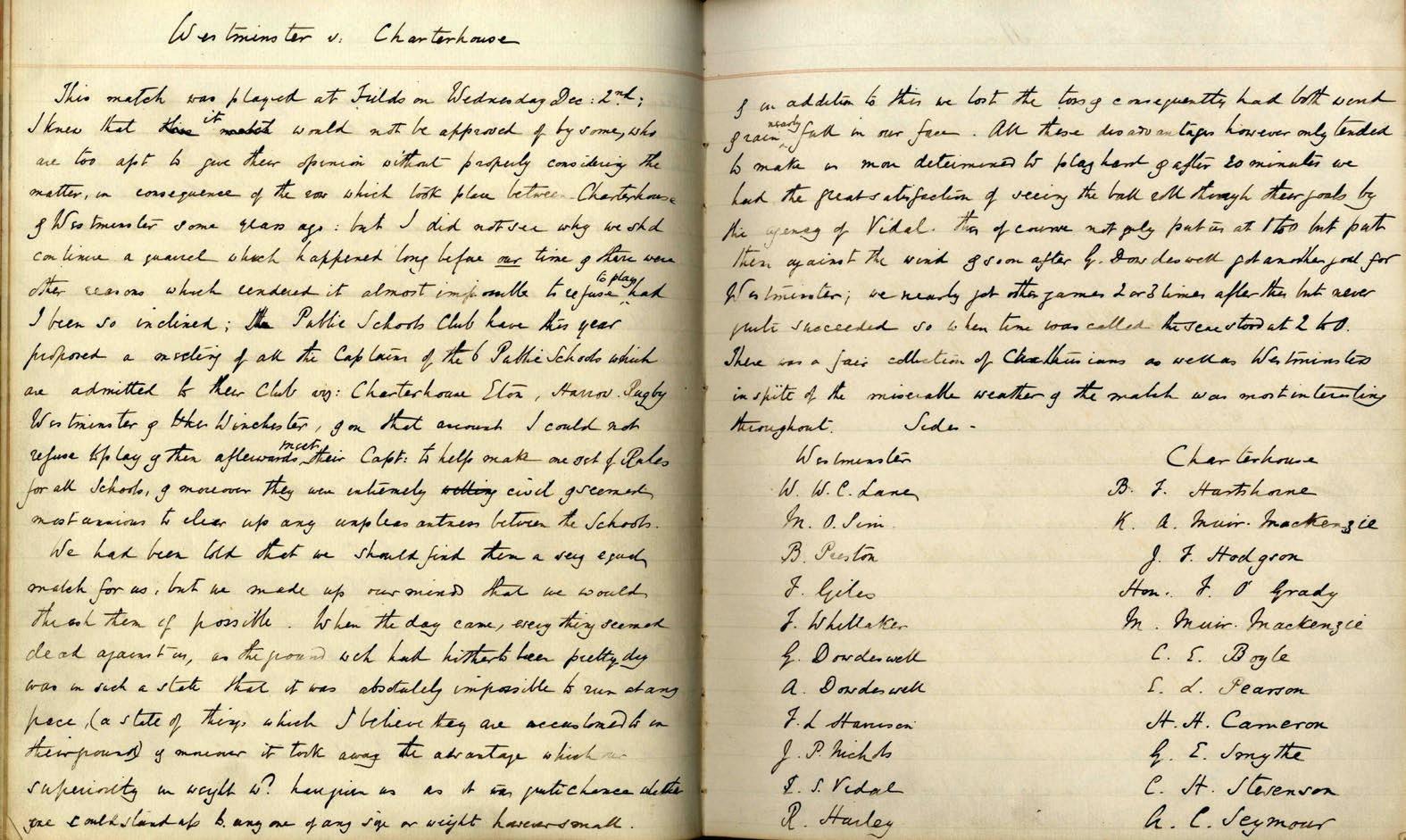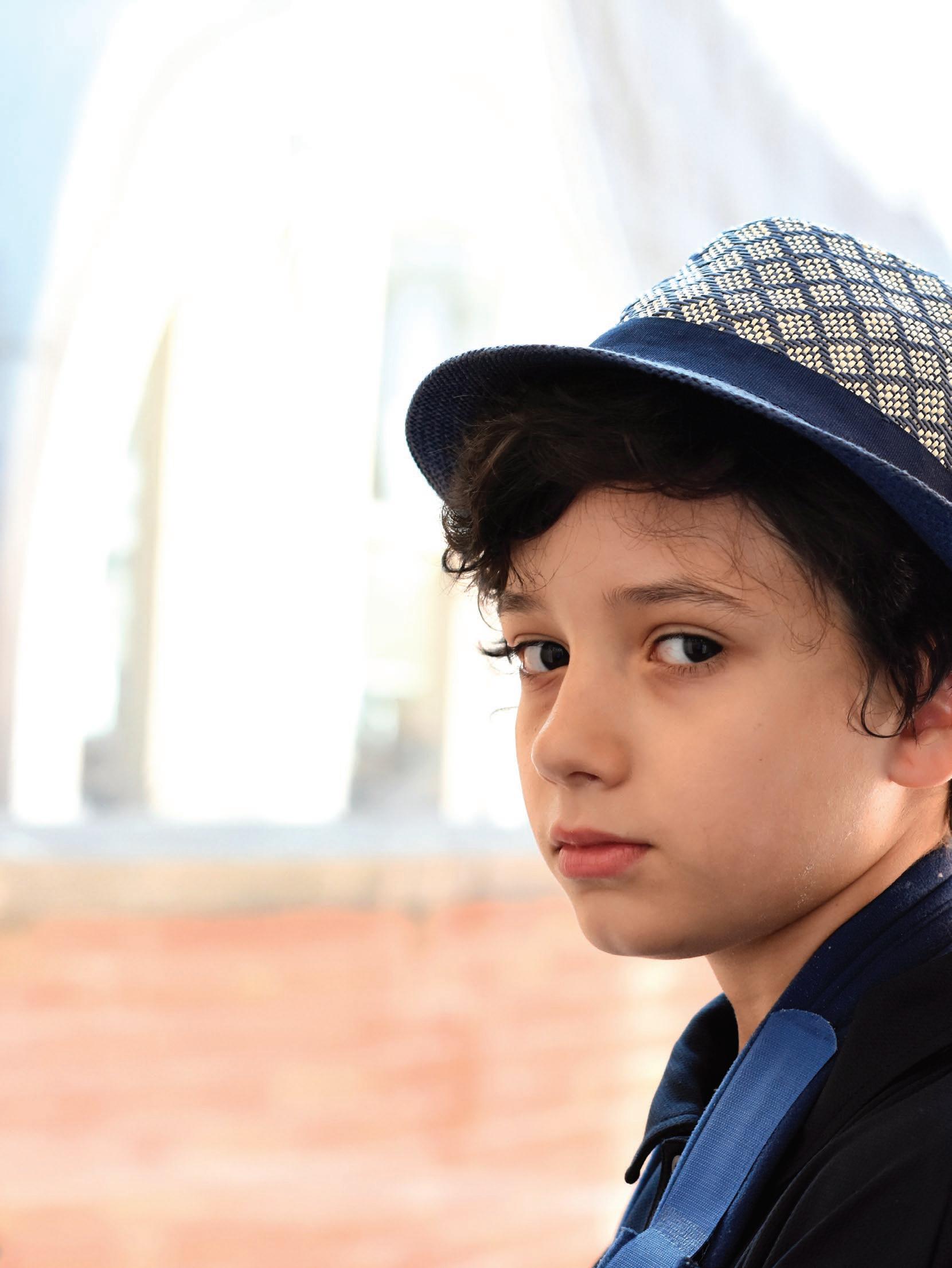
5 minute read
Welcome from The Dean of Westminster and Chairman of Governors, The Very Reverend Dr John Hall
The Queen’s Scholars were on
parade in the South Cloister when The Queen with The Prince of Wales came to the Abbey on Friday 8th June 2018 for the opening of The Queen’s Diamond Jubilee Galleries in the Eastern Triforium.
Advertisement
After the dedication and a tour of the Jubilee Galleries, The Queen met many of the people who had worked on the Galleries’ design and development and the building of the 7-storey access tower, called the Weston Tower to honour the very generous gift of the Weston Foundation chaired by Guy Weston (CC, 1973-77). Her Majesty, with His Royal Highness, then walked through the Cloisters, meeting Alan Titchmarsh, who had proposed the memorialisation of Lancelot ‘Capability’ Brown put into effect through a new cistern and fountain in the Cloister Garth. In South Cloister, The Queen spoke briefly to the Under Master and Master of the Queen’s Scholars, having learnt that each of them was leaving to take up a Headship. She was particularly interested to meet the first group of girls to be Queen’s Scholars. Her Majesty had approved the proposal that girls be admitted to College and had sent a warm message for their installation; now she met them in person together with the College boys. The Queen seemed pleased to see their wing collars, white ties with tailcoats and gowns and wondered whether the ‘rig’ was uncomfortable; gallantly the supposition was denied. A group of Westminsters joined the Abbey’s choristers to wave farewell to Her Majesty and His Royal Highness as their Daimler pulled away from the Cloister entrance, the Royal Standard proudly aloft.
The following Friday witnessed another rare and special occasion, attended by a group of Westminsters with the Head Master and Under Master, when the
Abbey held a Service of Thanksgiving
for Professor Stephen Hawking, interring his ashes in Scientists’ Corner between the graves of Sir Isaac Newton and Charles Darwin. The body of Isaac Newton had been buried in the Abbey, in the North-East corner of the Nave, eight days after his death in 1727. John Herschel had been buried there in 1871 and Charles Darwin in 1882. The ashes of Ernest Rutherford, who in 1920 had predicted the existence of the neutron, had been interred nearby in 1937 and in 1940 those of Joseph John Thomson, whose discovery of what we now call electrons had been announced in 1897. In Scientists’ Corner are memorials to other distinguished scientists, including Paul Dirac, at whose memorial dedication in 1995 Professor Hawking gave the address.
The circumstances of the burial of Charles Darwin were these:
The Dean of Westminster at the time, George Granville Bradley, a former pupil of Dr Arnold at Rugby School, and Master of University College Oxford, was away in France when he received a telegram forwarded from the President of the Royal Society in London saying “…it would be acceptable to a very large number of our fellow-countrymen of all
classes and opinions that our illustrious countryman, Mr Darwin, should be buried in Westminster Abbey”. The Dean recalled “I did not hesitate as to my answer and telegraphed direct…that my assent would be cheerfully given”. The body lay overnight in St Faith’s Chapel, and on the morning of 26th April the coffin was escorted by the family and eminent mourners into the Abbey. The pall-bearers included the United States Ambassador and the President of the Royal Society. The burial service was held in the Lantern. The chief mourners then followed the coffin into the north aisle of the Nave where Darwin was buried next to the eminent scientist Sir John Herschel, a few feet away from Newton. The Bishop of Carlisle, Harvey Goodwin, in a memorial sermon preached in the Abbey on the Sunday following the funeral, said: “I think that the interment of the remains of Mr Darwin in Westminster Abbey is in accordance with the judgment of the wisest of his countrymen… It would have been unfortunate if anything had occurred to give weight and currency to the foolish notion which some have diligently propagated, but for which Mr Darwin was not responsible, that there is a necessary conflict between a knowledge of Nature and a belief in God…”
At Stephen Hawking’s Service of Thanksgiving, the address was given by Lord Rees of Ludlow OM, the Astronomer Royal, Past President of the Royal Society and sometime Master of Trinity College Cambridge (and thus at that time, a governor of Westminster School). He concluded his address by saying, “Darwin wrote, ‘I feel most deeply that [religion] is too profound for the human intellect. A dog might as well speculate on the mind of Newton. Let each man hope and believe as he can’. Stephen described his own scientific quest as learning ‘the mind of God’. But this was a metaphor. He resonated with Darwin’s agnosticism. It’s fitting that he, too, should be commemorated in this national shrine. His name will live in the annals of science: nobody else since Einstein has done more to deepen our understanding of space, time, and gravity. Millions have had their cosmic horizons widened by his books and lectures. Even more, worldwide, have been inspired by a unique example of achievement against all the odds.” Stephen Hawking’s gravestone reflects the inscription on the gravestone of Isaac Newton (Hic depositum est quod mortale fuit Isaaci Newtoni) and reads, Here lies what was mortal of Stephen Hawking with the dates of his birth and death, 1942 and 2018, his historic formula and a representation of a black hole.
A well-known broadcaster once asked me whether only practising Anglicans could be buried in the Abbey. That cannot be right. A hundred years ago the Abbey was described as our imperial Valhalla. In truth, the range of people buried and memorialised in the Abbey is huge, from friends and relations of Elizabeth I, to great 20th and 21st century figures in our national life. No doubt that will continue: a challenge and opportunity for current and future Westminsters.


